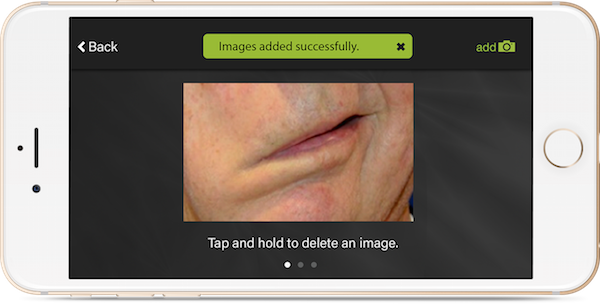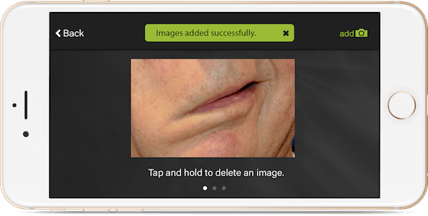Does Your Team Feel Unseen? Close the Leadership Disconnect with 2-Way Communication
Editor's Note: In July 2025, EMS1 and Fitch & Associates released their annual EMS trend survey, What Paramedics Want, proudly sponsored by Pulsara....
2 min read
 James Woodson, MD
:
Jun 08, 2016
James Woodson, MD
:
Jun 08, 2016

A recent article published on FierceMobileHealthcare.com calls attention to the increased use of smartphones by doctors for taking photos of patients to use in case records and how this can potentially pose security and privacy threats. The article describes careless doctors who save patient photos, often with faces or other identifying marks visible, on their personal phones next to "vacation photos," and then mistakenly share them with others outside of the immediate care team or hospital.
And while Pulsara certainly appreciates the gravity of situations such as these, we also feel that this article quickly and unfairly gives smartphones, clinicians, and CIOs/CSIOs a bad rap. With a little bit of care and forethought, all concerns of patient information ending up in the wrong hands can be easily mitigated.
 These very powerful tools are not to blame for user error, and have a myriad of off the shelf security options. However, intense resistance to adoption of using personal devices has actually ENCOURAGED clinicians to not use their devices properly. The common example above is not the fault of the device - the clinicians are not using the device properly and it is often because they don’t have the correct tools on their device installed to empower them to do so and to maximize patient care.
These very powerful tools are not to blame for user error, and have a myriad of off the shelf security options. However, intense resistance to adoption of using personal devices has actually ENCOURAGED clinicians to not use their devices properly. The common example above is not the fault of the device - the clinicians are not using the device properly and it is often because they don’t have the correct tools on their device installed to empower them to do so and to maximize patient care.
Editor's Note: In July 2025, EMS1 and Fitch & Associates released their annual EMS trend survey, What Paramedics Want, proudly sponsored by Pulsara....
![[PRESS RELEASE] Published Research Finds Up to 31% Faster STEMI Treatment Times in Rural Hospital Setting with Pulsara](https://www.pulsara.com/hubfs/_1_website-page-blog-assets/pulsara-hosp-teams-assign-cardio-stemi-rn-1200x701.jpg)
Published research shows how using Pulsara, alongside standardized field activation and a focus on stakeholder relationships, improves STEMI care and...

Editor's Note: In July 2025, EMS1 and Fitch & Associates released their annual EMS trend survey, What Paramedics Want, proudly sponsored by Pulsara....